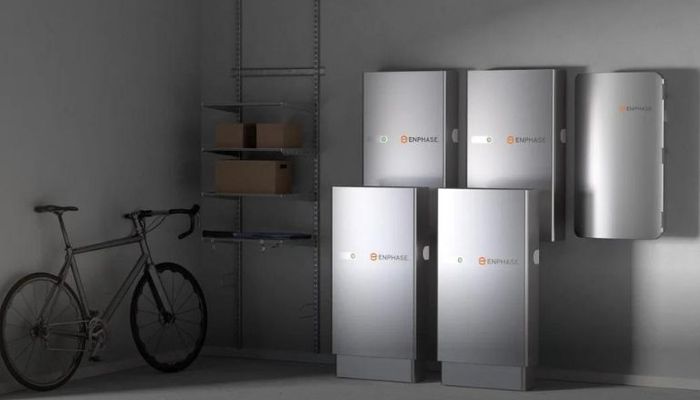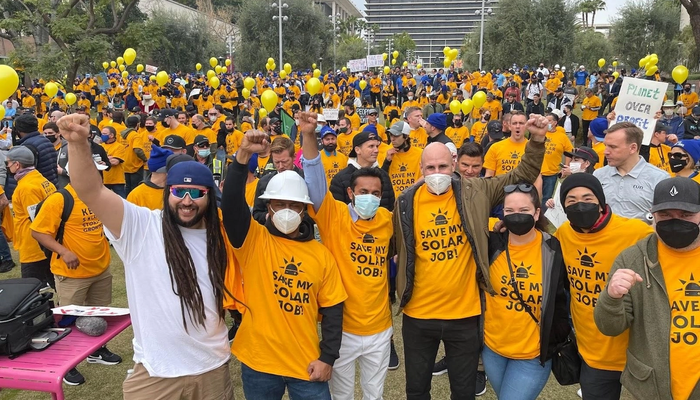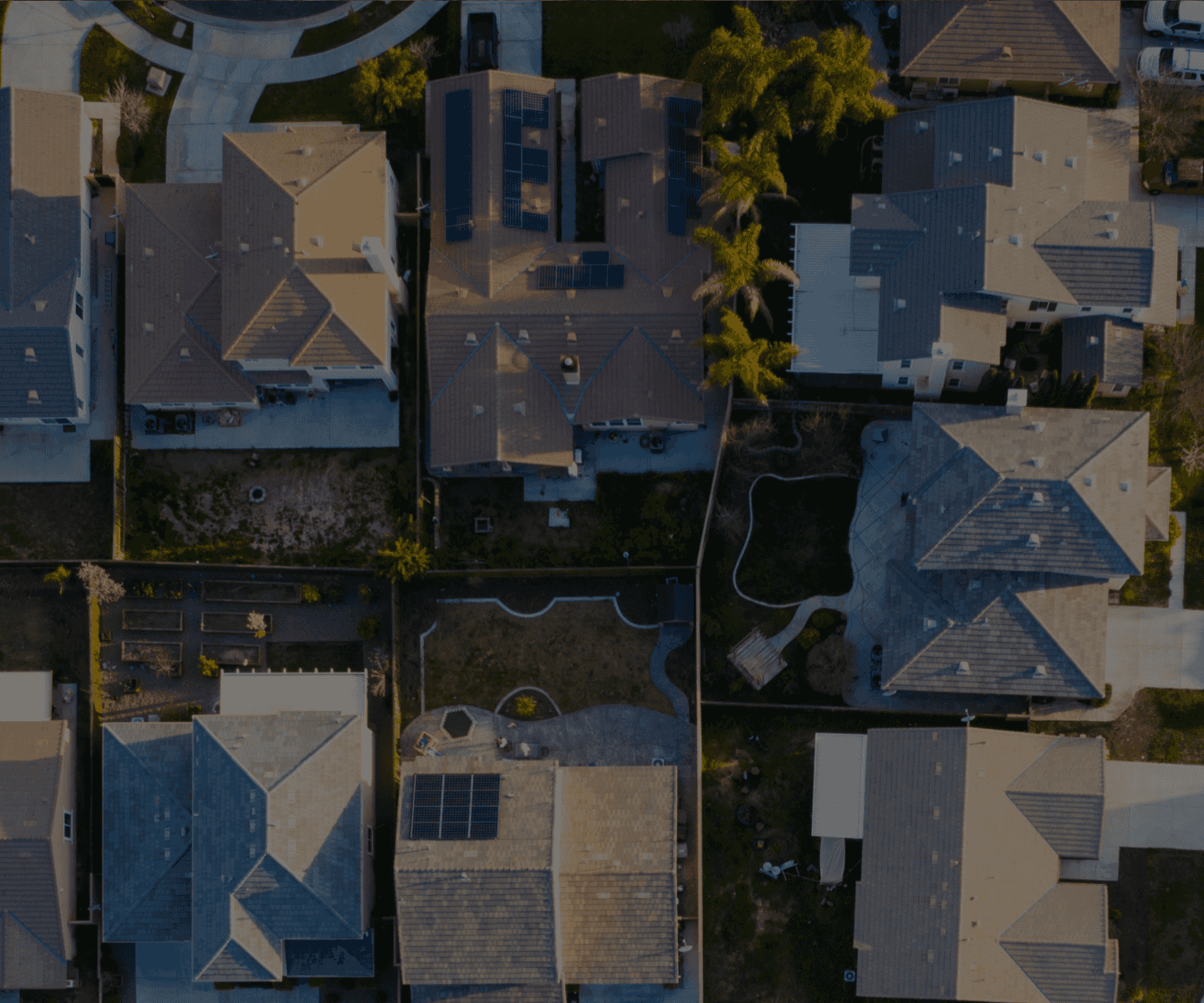The Solar Interconnection Process: Basics For DIYers

Guest post by Big Living | Little Footprint
Most residential solar panel systems connect to an electrical grid, hence the term “grid-tie.” If you're planning a DIY solar panel installation, you’ll need to go through the solar interconnection process, which is obtaining approval to connect your solar panels to the electrical grid through your local utility company.
As a DIY-er, you might be wondering how the interconnection process works and how to interconnect solar panels. We went through the interconnection process ourselves when we did our installation. It’s relatively straightforward once you know the basics and get in touch with the right folks.
This post covers the basics and tips for completing the interconnection process for a DIY solar installation.
To learn more about our DIY solar panel journey and other tips, check out the Going Solar Series on Big Living | Little Footprint.
What is Solar Interconnection?
First, let’s define solar interconnection. Interconnection is the utility company’s approval process of a solar panel system to 1) identify any potential impacts your system will have on the grid and 2) ensure it meets size and safety specifications.
It’s similar to the permitting process for your local government, but you’re working with the utility provider instead.
How Does Solar Interconnection Work?
Solar panel systems connect to the grid like a two-way street. If you use more power than your panels produce, you can supplement energy from the utility company’s grid. On the other hand, if your solar panels produce excess energy, this can be exported to the grid for your neighbors and city to use. This is a great benefit, especially if your utility company offers net metering. Net metering allows you to receive credit for the extra electricity to apply towards future bills.
The process and policies will vary among each local utility provider, so as a DIY-er, ensure you research the interconnection requirements. For example, some utility companies limit solar panel system sizes, so you don’t exceed the site’s annual electricity output. In other words, there is a maximum system size limit based on their formula and historical electric consumption data. Our utility company had this policy, so we worked with GoGreenSolar to reduce our system size to connect to the grid.
Now let’s get into the solar interconnection process and what to expect.
How to Interconnect Solar Panels
The interconnection process and procedures may vary depending on your location, but here are the basic steps you need to know for interconnecting your solar panel system as a DIY-er.
1. Contact Your Local Utility Company
To start the interconnection process, reach out to your local utility company. You need to obtain permission from your utility company to ensure your system meets all specification, safety and system size requirements. The utility will also verify that your system has proper permitting or adheres to inspections.
Interconnection applications will typically ask for information on your property, electricity consumption and system design details (layout, size, equipment, production estimates, etc.) You’ll already have most of this information from the permitting process. Our partners at GoGreenSolar were prepared; they had all our information, specifications and plans ready to share.
Fill Out the Application
To find the interconnection application, check your local utility’s website for solar interconnection or renewable energy. Some utility companies will have the form available directly on their website with a contact point. Or, call the company and they’ll point you in the right direction.
The interconnection application process is two phases: initial approval and final approval. Our initial solar interconnection application involved submitting all the solar panel design specifications and information to ensure the system was viable to connect to the grid. This part of the application process consists of an engineering review and sometimes requires a pre-inspection.
Once we had initial approval from the utility company and permit approval, we could move forward with the DIY installation.
After installing and passing permit inspections, we obtained final approval and permission to operate (PTO). We’ll talk about PTO next.
2. Obtain Permission to Operate (PTO)
Once you finish your solar installation and pass your permit inspections, you need to reach out to the utility company again to obtain permission to operate (PTO).
This was a two-step process for us. Our local utility company sent a representative to examine our solar panel system, specifically looking at the electrical components like the inverter and electrical panel connections.
Once this was approved, another utility employee met with us to install the additional meter required to track our solar energy output. After completing the inspection and meter upgrade, we received an official PTO document, allowing us to turn on the solar panel system!
3. Prepare to Pay a Fee
If you’re doing a DIY solar installation, you will have to pay a fee for interconnection. Many solar installation companies include the interconnection fees in their service costs, but you’ll have to pay this cost directly as a DIY-er.
The interconnection fee varies depending on the utility company and system size. But don’t stress — the cost is pretty minimal for residential-scale installations. Ours was only a hundred dollars.
We wanted our DIY installation to be stress-free, so we added GoGreenSolar’s interconnection paperwork services to our bundle. GoGreenSolar contacted the utility company, filled out the interconnection application, and even helped answer their questions — all on our behalf! All we had to do was sign the form and follow along with the process. It was just as easy as working with a professional installer, even though we took a money-saving DIY approach.
In our opinion, the small fee we paid to GoGreenSolar for interconnection support was 100% worth it. It gave us one less thing to worry about during our DIY solar panel installation!
Start Enjoying Clean Energy
The solar interconnection process timeline can vary based on your utility company. Ours only took a few weeks — much like our permitting process — but the interconnection process can take a few months for others.
Our best advice? Call the utility company and find the right person to help you get everything done. Be sure to ask questions related to the timeline and who you should contact at each stage of the approval process. Once we found the right person to talk to, the process and turnaround time was quick.
Overall, the solar interconnection process is straightforward — from applying to paying fees, then obtaining permission to operate. Once you finish your interconnection process, your DIY solar installation journey is complete, and you’re ready to start enjoying clean energy from the sun. Congratulations!
We loved working with GoGreenSolar for our DIY installation! They're available to answer any questions you have, or help you with the permitting or interconnection process. Contact them today if you’re interested in DIY solar.
-

About the authors: Amanda and Tyler Santoro are the creators of Big Living | Little Footprint, a site focused on helping people live a greener lifestyle. They are constantly doing DIY projects for their house like installing their own solar panels. They also focus on eco-parenting, making sustainable parenting choices and teaching their child to be eco-conscious. Their family strives to live big while still leaving a little footprint on their environment.
You can follow along with them on their journey and all their tips for improving your green living lifestyle.
-
Featured image courtesy of Getty Images






